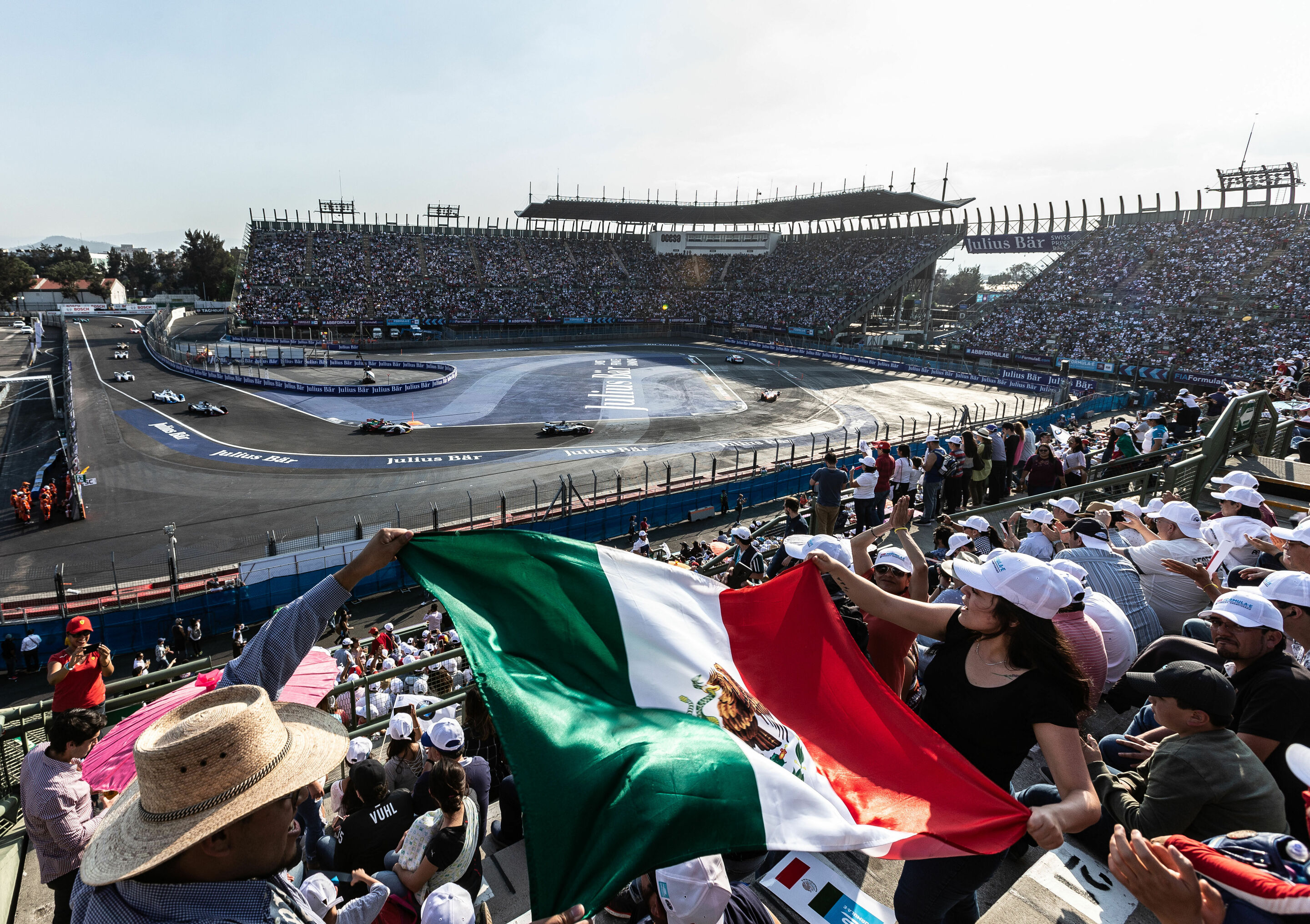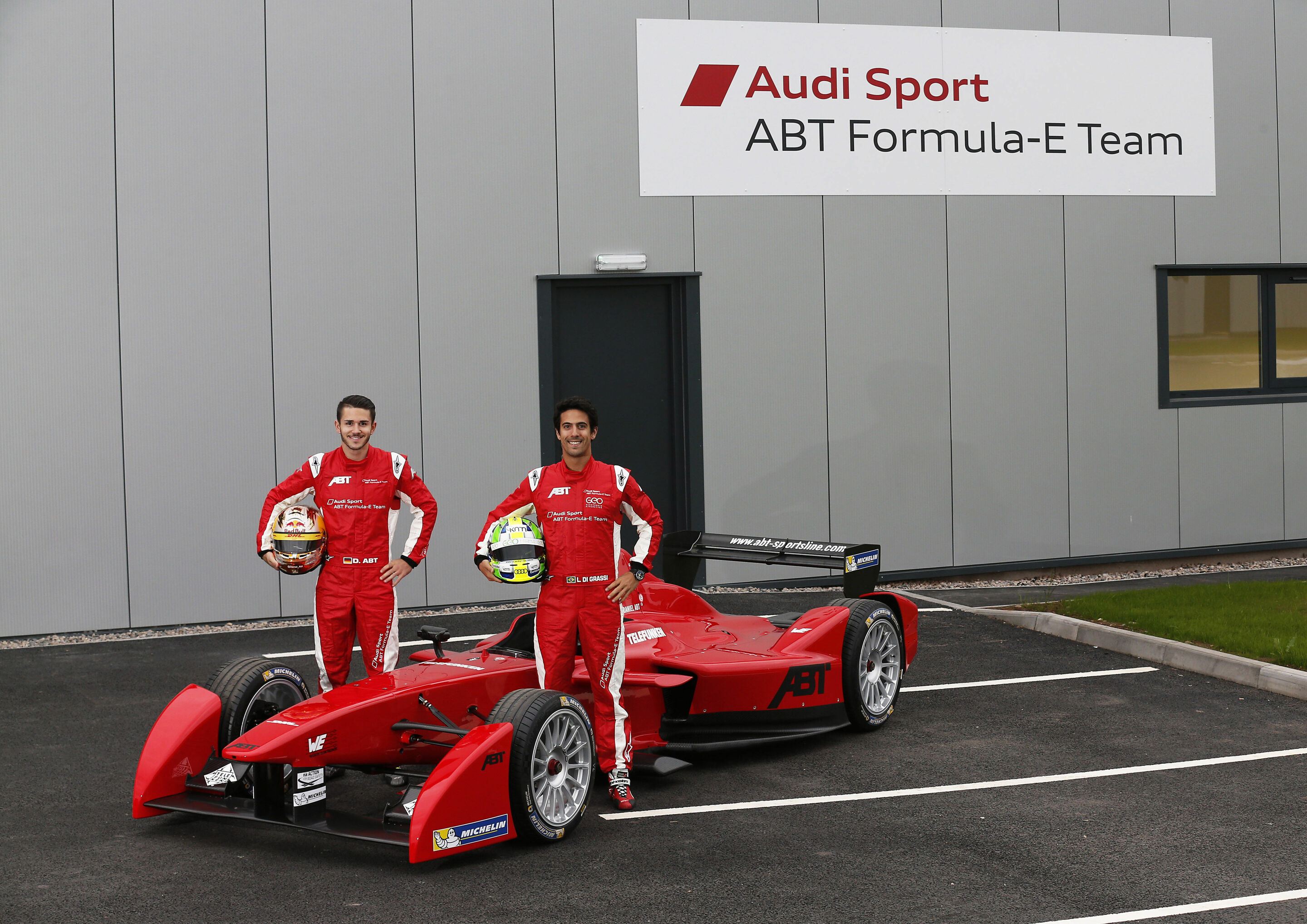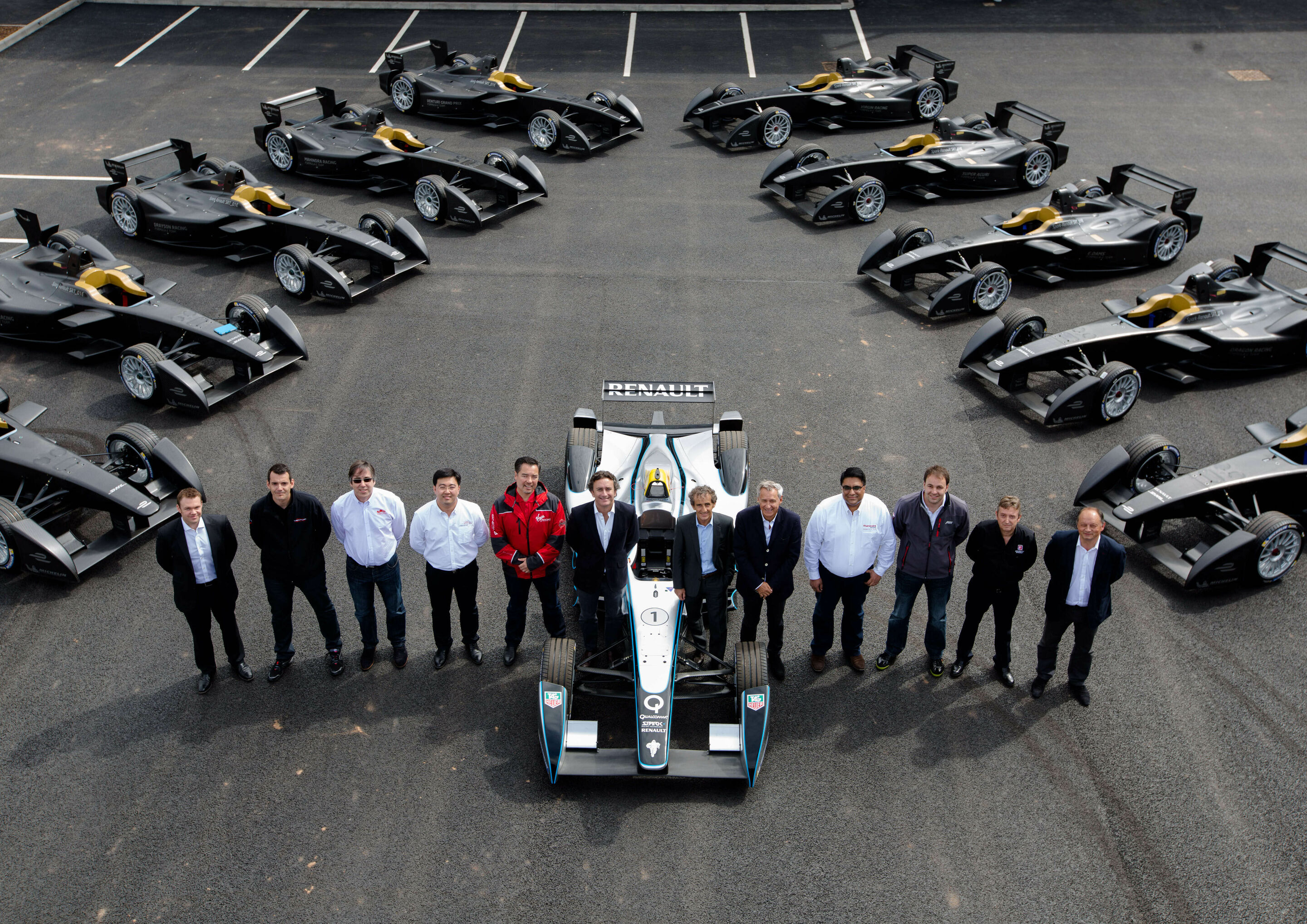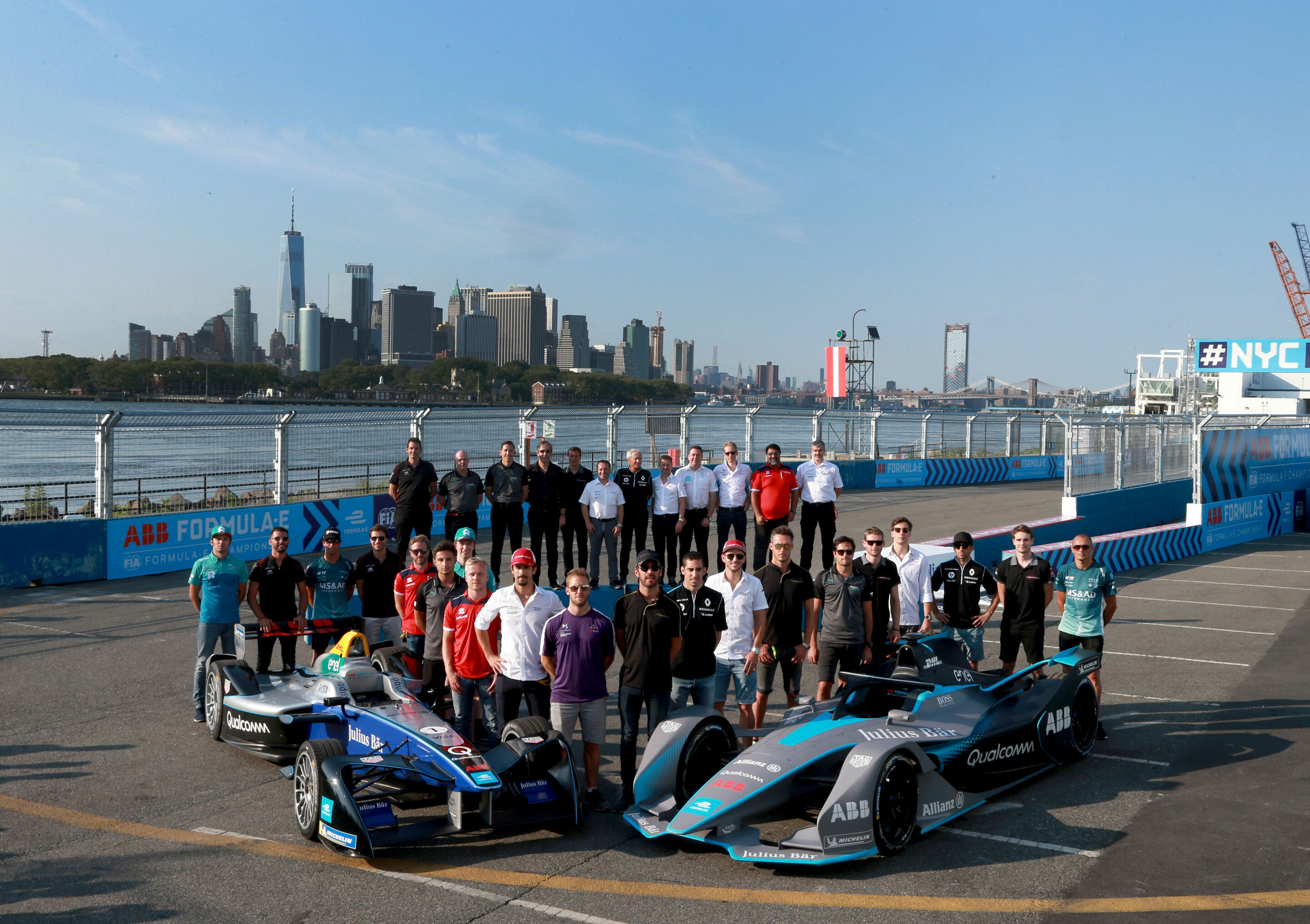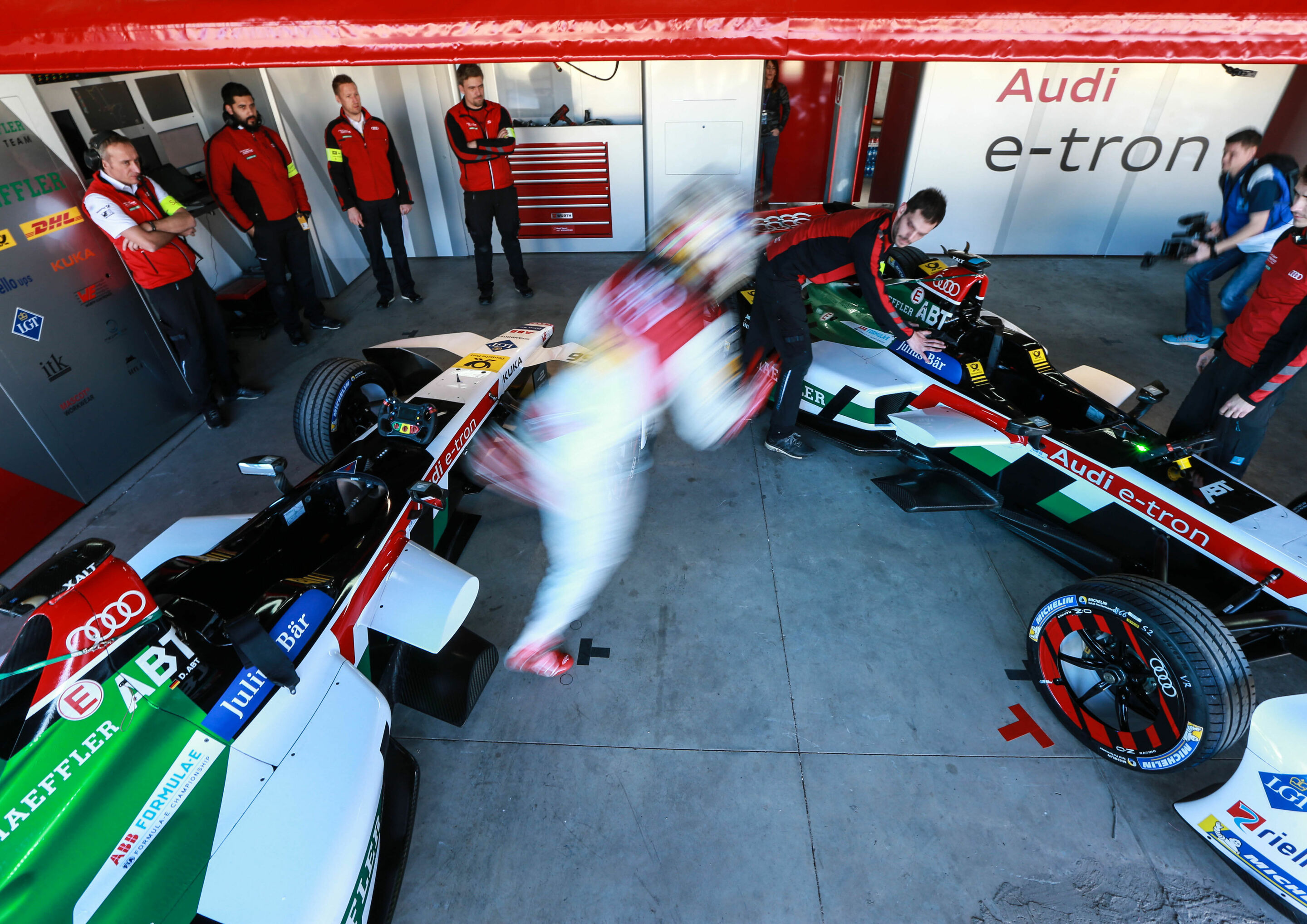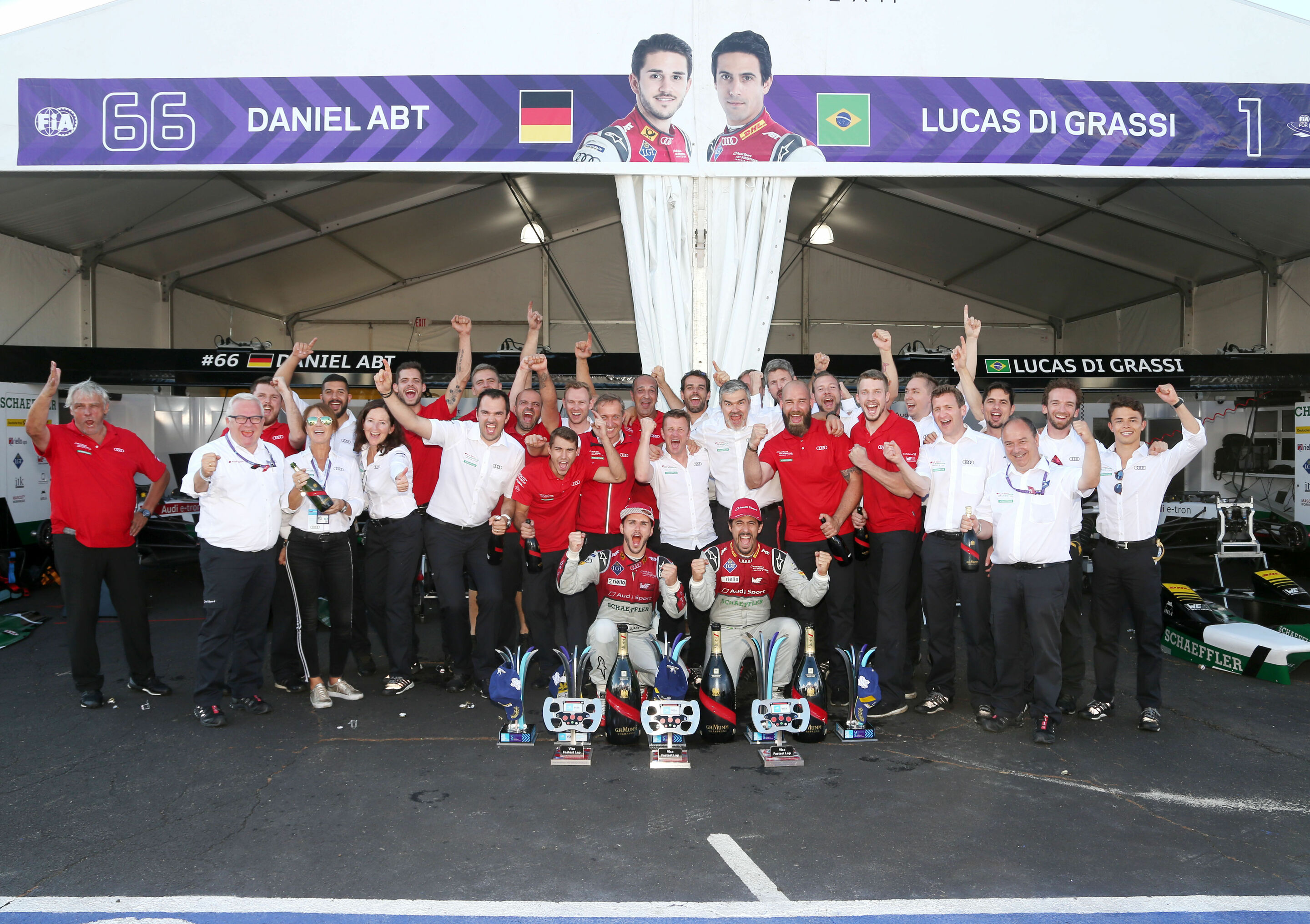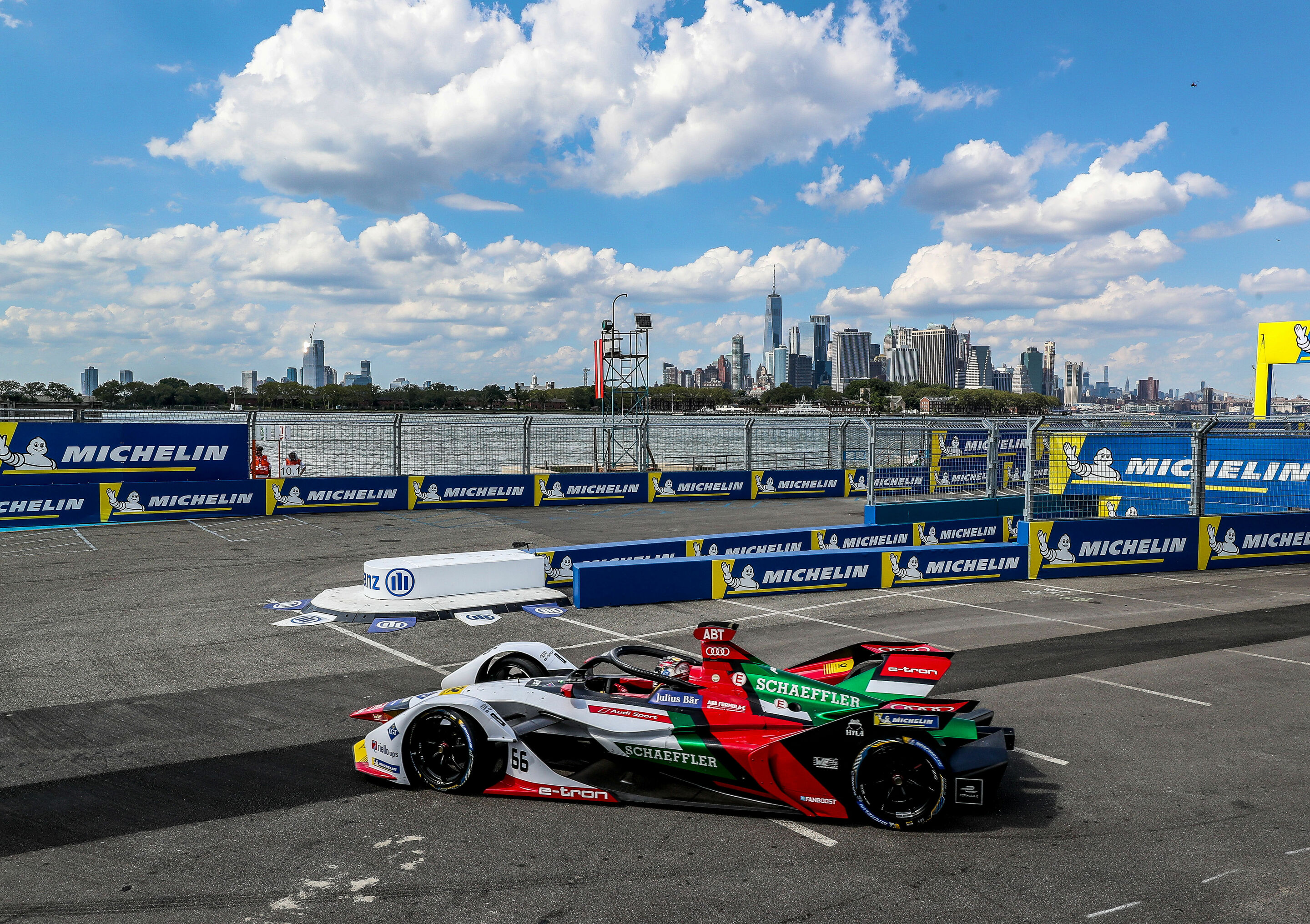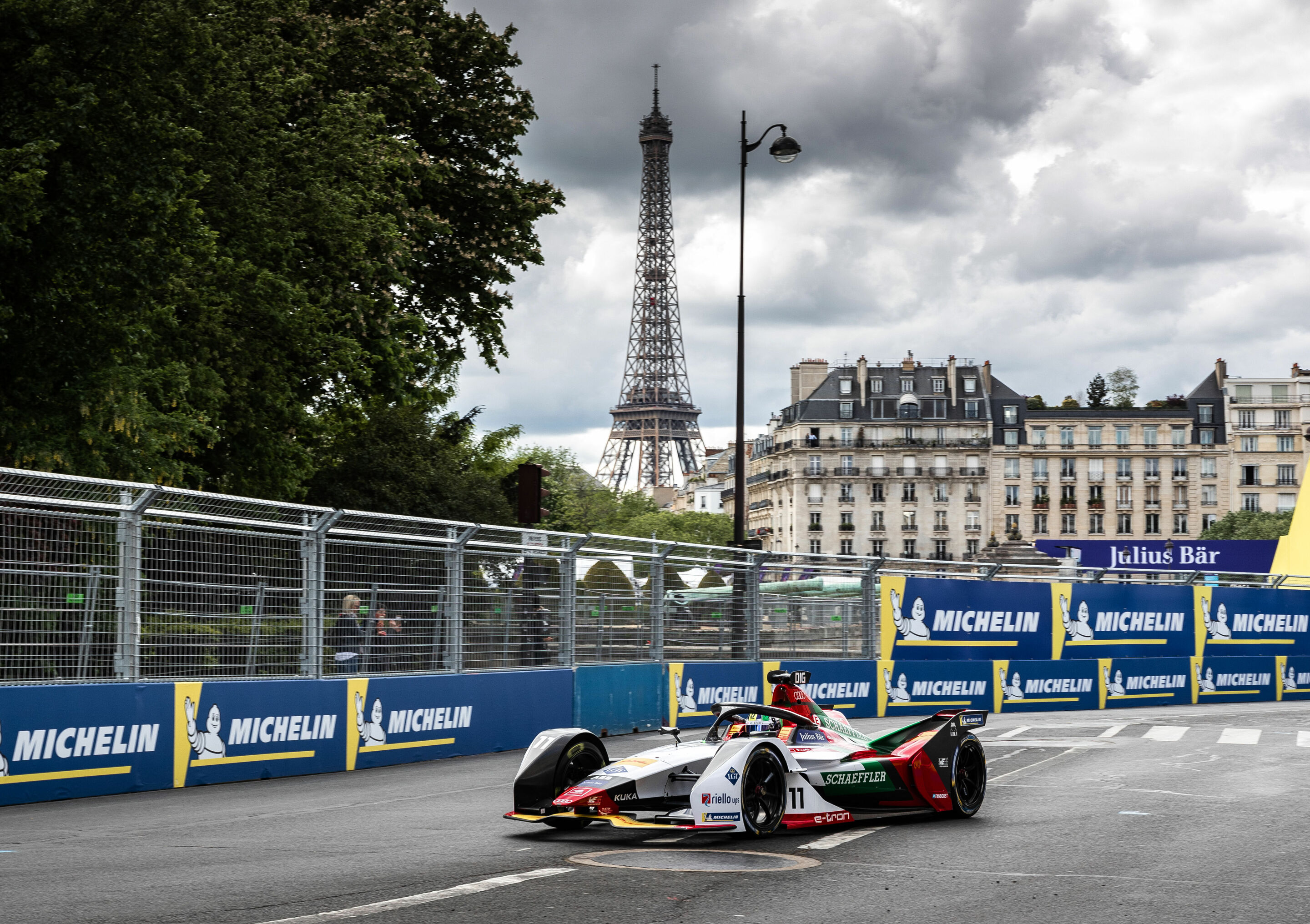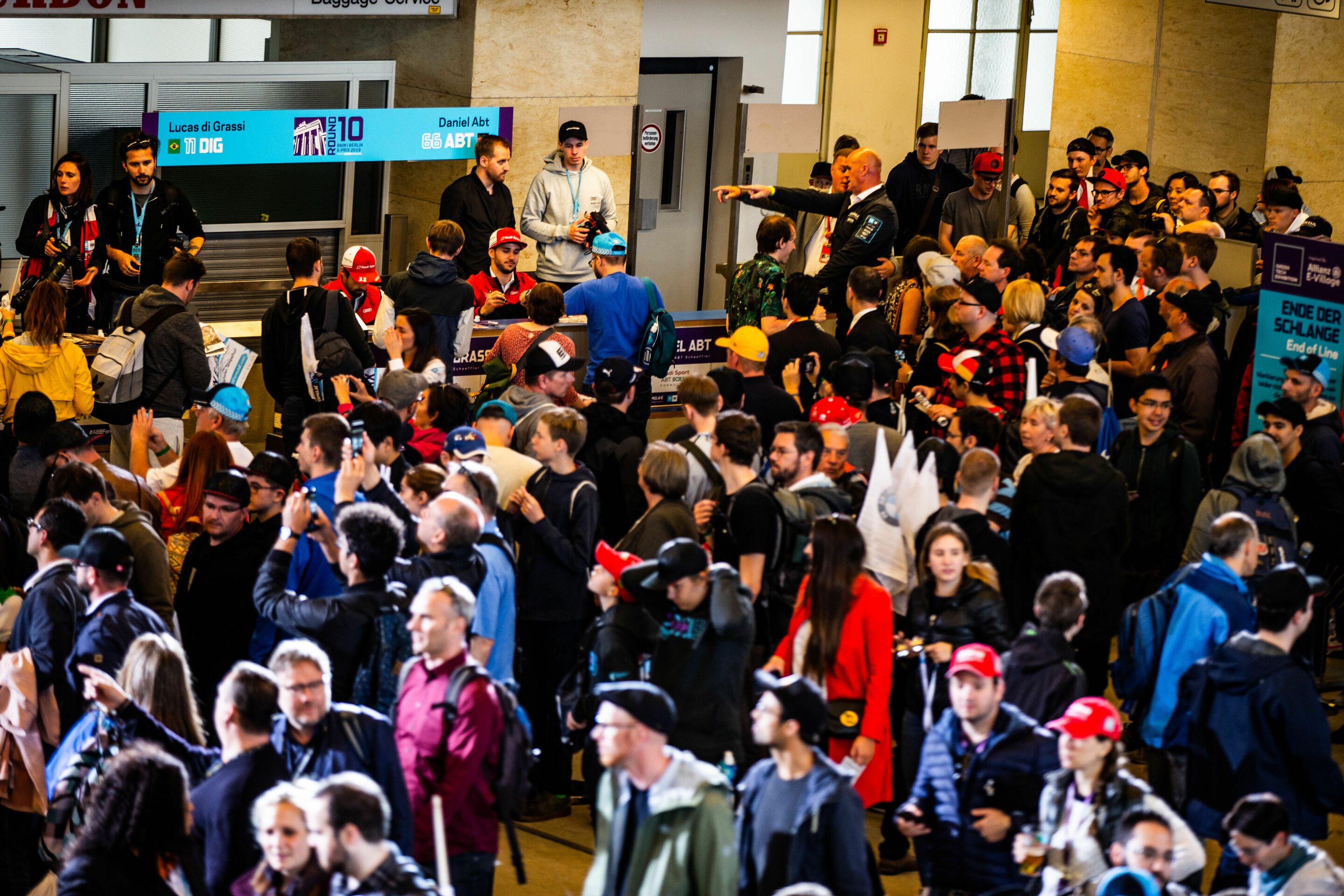ABB FIA Formula E: When a vision becomes a reality
Back to overviewFormula E lays the foundation for a new era in motorsport: fully electric, in the centers of the world’s most fascinating big cities and with a racing format that has so far been unique. This concept thrills manufacturers, teams, fans, media and drivers alike. The roadmap going forward has been established.
When Formula E unveiled its race car at the International Motor Show (IAA) in Frankfurt in the fall of 2013 its founders, Alejandro Agag and FIA President Jean Todt, met with great skepticism: Can a racing series that holds its events in the center of the city while pursuing all-new paths really work? Will there be any teams, sponsors and drivers whose enthusiasm for this new type of motorsport can be sparked?
Six years later, the answer is clear: With international automobile manufacturers, numerous global players as sponsors and rapidly growing worldwide popularity, Formula E has evolved into one of the absolute hot spots in the motorsport world. In its sixth season, several renowned manufacturers – Audi, BMW, Porsche, Mercedes, DS, Jaguar and Nissan – are pitted against each other on the race track.
The main reason is that, right from the beginning, Formula E did a lot of things differently than traditional racing series. They include an anti-cyclical race calendar that begins in the late fall or early winter and extends into the summer of the following year. Instead of on permanent race tracks, which are typically located far away from major urban areas, Formula E near-exclusively races on temporary city circuits. The venues read like a “Who’s who” of the most fascinating metropolises: Mexico City, Paris, Berlin, Rome, Seoul, London and New York City are just some examples of the current cities.
Formula E delivers motorsport to spectators at close range and in a contemporary, compact form. They flock to the venues on foot, by bicycle or public transportation, and within the space of just a few hours get to watch a packed program: practice, qualifying and the races are held in near-immediate succession. During the scarce breaks in between, the drivers go for autograph sessions and interviews to the E-Village, where the visitors are also treated to many attractions focused on electric mobility and forward-thinking technologies.
Compared to other racing series such as Formula One, Formula E is still a very young project, albeit one with a clear strategy for the future: In order to keep the series attractive and affordable going forward, the promoter and the FIA have developed a binding roadmap that clearly defines the guidelines for the next few years. It is designed to ensure that even with a consistently growing number of participating manufacturers the series will remain focused on two elements without an excessive increase in budgets: the racing and the developments with strict relevance for transfer into production.
As a result, central elements such as the chassis, battery, tires and brakes will remain specification parts for all teams and manufacturers in the years ahead. Only the powertrain – consisting of the motor, transmission, parts of the suspension and the related software – will continue to be open to proprietary development. In addition, parameters such as the permitted power output in qualifying and the races or the maximum permissible recuperation will successively be raised. The roadmap is binding for the next few years and therefore provides everyone with planning certainty.
With its public relations activities, Formula E also underpins its claim to being an innovative racing series that has a young target audience. Together with the teams and drivers, no comparable series is as active in diverse social media channels. The inclusion of fans culminates in a gimmick that is unique in international high-caliber racing: the FanBoost. By means of online voting on the official website or on Twitter, the five most popular drivers are provided with a power boost for what may prove to be the crucial overtaking maneuver.
